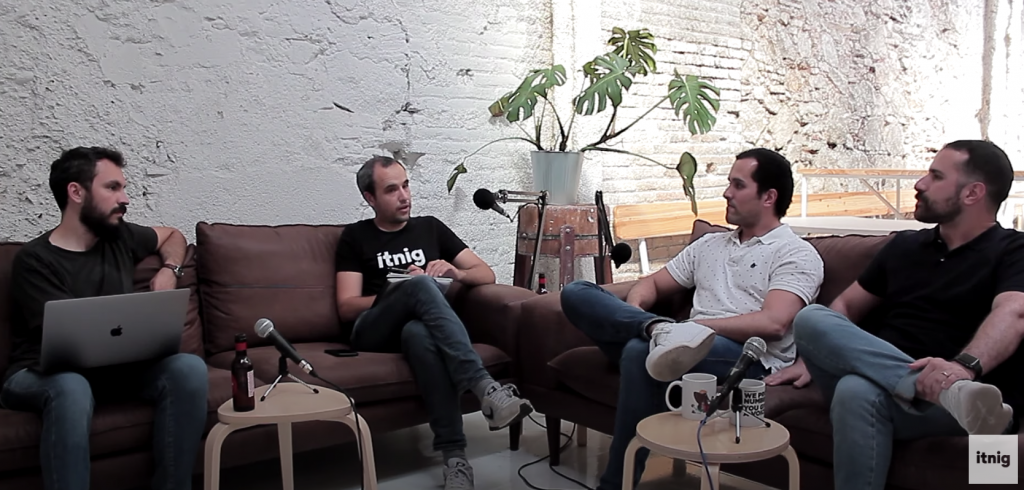How to Master Startup Lingo Like a Pro
We know startup and entrepreneurship conversations can get a bit overwhelming with all the business and tech terms in between sentences. It’s happened to all of us as we start to enter this crazy startup world. More importantly, if you’re an entrepreneur talking to investors, for example, they’ll expect you to use and understand the industry’s acronyms or lingo.

